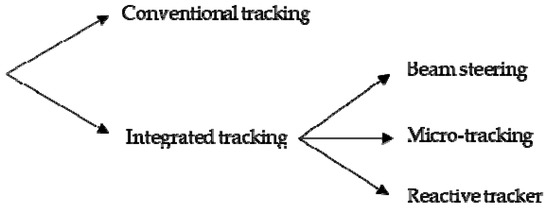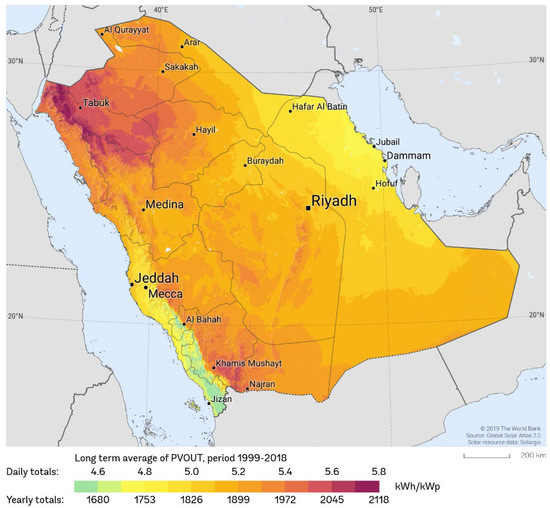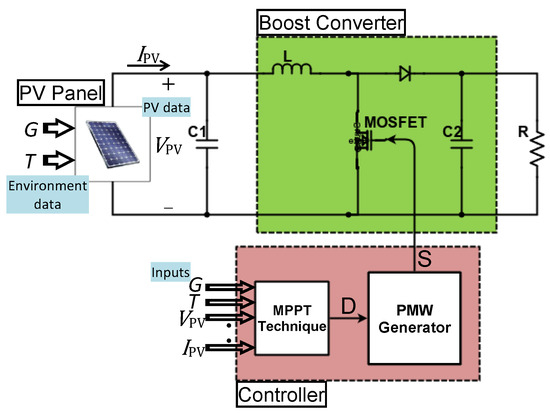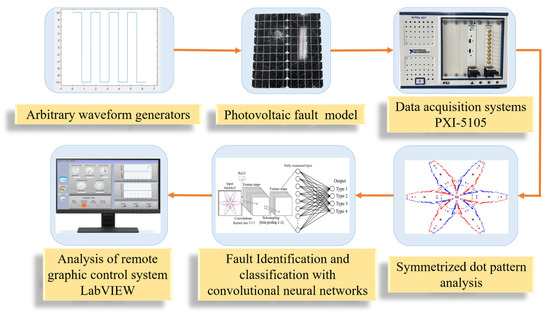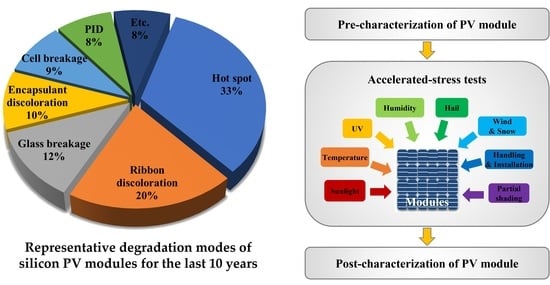Review Papers in Solar Energy and Photovoltaic Systems
A topical collection in Energies (ISSN 1996-1073). This collection belongs to the section "A2: Solar Energy and Photovoltaic Systems".
Viewed by 21443Editors
Interests: concentrated solar energy; solar receiver design; modelling of solar thermal systems; control strategies on solar towers; advanced power cycles
2. CSGI, Consorzio per lo Sviluppo dei Sistemi a Grande Interfase, University of Florence, Via della Lastruccia 3, 50019 Sesto Fiorentino, Italy
3. CNR-ICCOM, Institute of Chemistry of Organometallic Compounds, Via Madonna del Piano 10, 50019 Sesto Fiorentino, Italy
Interests: perovskite solar cells; dye sensitized solar cells; renewable energy sources; innovative photovoltaics; energy storage systems; smart grids; life cycle assessment (LCA); computational chemistry
Interests: high-efficiency silicon solar cell; PV module and system; PV system performance
Special Issues, Collections and Topics in MDPI journals
2. CSGI—Consortium for Colloid and Surface Science, via della Lastruccia 3, 50019 Sesto Fiorentino, Florence, Italy
3. CNR-ICCOM, National Research Council—Institute for the Chemistry of OrganoMetallic Compounds, 50019 Sesto Fiorentino, Florence, Italy
Interests: physical chemistry; environmental chemistry; renewable energy systems; sustainable energy storage; environmental sustainability; life cycle assessment
Special Issues, Collections and Topics in MDPI journals
Topical Collection Information
Dear Colleagues,
In recent decades, researchers have proposed and developed different technologies to satisfy the world's growing demand for energy. These energy developments have included conventional fossil fuels and renewable energy. With the current energy policies, the need for clean energies has increased dramatically to mitigate environmental impacts.
For research, it is critical to access papers that logically present information about the evolution of energy trends and technologies. This Topical Collection will focus on high-quality review papers with clear information and engaging discussions about the latest trends in energy topics and their environmental impacts. This Topical Collection will cover review papers in the area of energy engineering, electrical energy systems, thermodynamics, energy sources, energy storage and application, energy economics and policy and renewable energy.
Dr. Ricardo Vasquez Padilla
Prof. Dr. Adalgisa Sinicropi
Prof. Dr. Eun-Chel Cho
Prof. Dr. Maria Laura Parisi
Collection Editors
Manuscript Submission Information
Manuscripts should be submitted online at www.mdpi.com by registering and logging in to this website. Once you are registered, click here to go to the submission form. Manuscripts can be submitted until the deadline. All submissions that pass pre-check are peer-reviewed. Accepted papers will be published continuously in the journal (as soon as accepted) and will be listed together on the collection website. Research articles, review articles as well as short communications are invited. For planned papers, a title and short abstract (about 100 words) can be sent to the Editorial Office for announcement on this website.
Submitted manuscripts should not have been published previously, nor be under consideration for publication elsewhere (except conference proceedings papers). All manuscripts are thoroughly refereed through a single-blind peer-review process. A guide for authors and other relevant information for submission of manuscripts is available on the Instructions for Authors page. Energies is an international peer-reviewed open access semimonthly journal published by MDPI.
Please visit the Instructions for Authors page before submitting a manuscript. The Article Processing Charge (APC) for publication in this open access journal is 2600 CHF (Swiss Francs). Submitted papers should be well formatted and use good English. Authors may use MDPI's English editing service prior to publication or during author revisions.
Keywords
- Solar Energy: irradiance
- forecasts
- solar power to gas
- photocatalytic hydrogen production
- solar energy for heating and cooling
- thermal energy storage
- solar thermal collectors
- solar thermodynamic energy Photovoltaic (PV) systems: PV cell materials
- balance of systems
- power electronics
- centralized and distributed control
- PV systems and electrical energy storage
- building integration
- PV systems monitoring and diagnosis
- Internet of Things (IoT) in PV systems
- Artificial Intelligence (AI) in PV systems
- PV power production forecasting
- PV power production for electrical mobility
- concentrated PV power
- PV system modeling
- PV for space applications
- techno-economics of PV systems
- environmental assessment of PV systems (LCA, EROEI)








